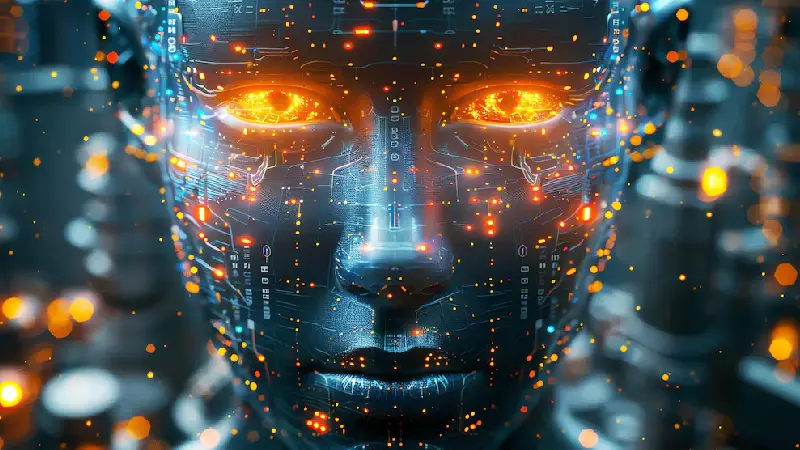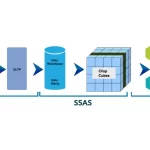What is Generative AI
Generative AI, short for Generative Artificial Intelligence, refers to a class of artificial intelligence algorithms and models designed to generate new content. These systems are capable of creating data, such as text, images, audio, or even video, that is similar to, or indistinguishable from, examples in the training data.
One of the notable technologies within generative AI is OpenAI’s GPT (Generative Pre-trained Transformer) models, like GPT-3.5, which powers this conversation. These models are trained on vast amounts of diverse data and can generate human-like text based on the input they receive. They are not explicitly programmed for a particular task but instead learn patterns and structures from the data they are trained on.
Generative AI has applications across various domains:
1. **Text Generation:** Models like GPT-3 can generate coherent and contextually relevant text, making them useful for content creation, chatbots, language translation, and more.
2. **Image Generation:** Generative Adversarial Networks (GANs) are a type of generative model used for creating realistic images. They’ve been applied in art, fashion, and even generating realistic faces that do not correspond to real individuals.
3. **Audio Generation:** Generative models can be trained to generate realistic-sounding audio, which can be applied to music composition, voice synthesis, and more.
4. **Video Generation:** Some models are capable of generating video content, including deepfake technology that can create convincing videos of individuals saying or doing things they never did.
5. **Data Augmentation:** Generative models can be used to augment datasets for training other machine learning models. This is particularly useful when there is limited labeled data available.
6. **Creative Writing and Art:** Generative AI has been used in creative fields to assist with writing, poetry, music composition, and even visual art generation.
While generative AI has shown impressive capabilities, there are also ethical concerns, particularly regarding the potential for misuse, such as generating fake content or deepfakes. Responsible development and use of these technologies are crucial to address these concerns and ensure positive applications.


















































